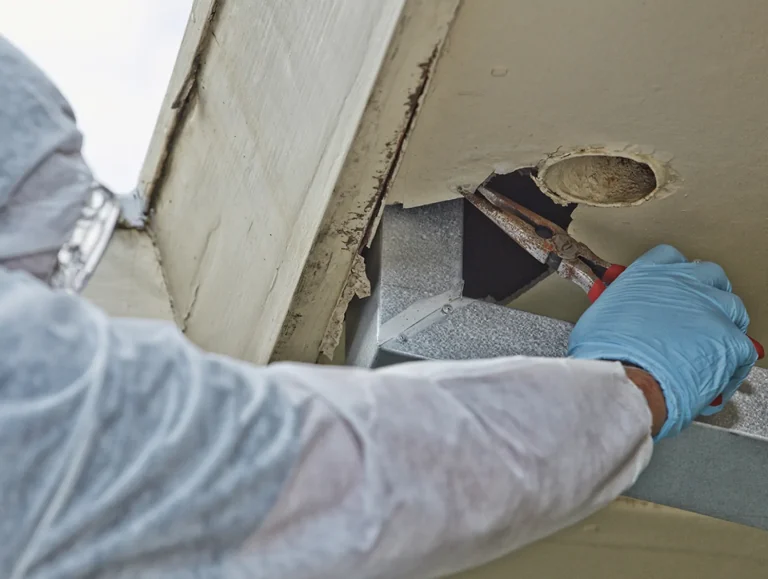Polygraph testing, often known as lie detection, is a sophisticated technique that has garnered much attention for its use in various fields such as criminal investigations, employment screenings, and even reality television. Marc Bester, a renowned expert in polygraph testing, sheds light on the nuances and intricacies of this fascinating process.
Polygraph Testing
A polygraph test measures and records several physiological indicators, including blood pressure, pulse, respiration, and skin conductivity, while the subject answers a series of questions. The theory behind the polygraph is that deceptive answers will produce physiological responses that can be differentiated from those associated with non-deceptive answers.
The Role of the Examiner
Marc Besteremphasizes that the skill and experience of the polygraph examiner are crucial to the accuracy of the test. A proficient examiner, like Bester, not only understands the technical aspects of the polygraph machine but also possesses a keen ability to observe and interpret subtle physiological and behavioral cues. The examiner’s expertise is essential in formulating relevant questions, establishing a baseline of truthful responses, and accurately interpreting the results.

The Polygraph Process
The polygraph process typically involves three phases: pre-test, in-test, and post-test. During the pre-test phase, the examiner explains the procedure to the subject, builds rapport, and formulates the questions to be asked. The in-test phase involves the actual administration of the polygraph, where the subject answers the prepared questions while connected to the polygraph machine. In the post-test phase, the examiner analyzes the data and provides a conclusion based on the physiological responses recorded.
Misconceptions and Realities
There are numerous misconceptions about polygraph testing. One common myth is that polygraph tests are infallible. However, Marc Bester clarifies that while polygraphs are highly effective tools, they are not foolproof. Factors such as the subject’s emotional state, medical conditions, and even the examiner’s skill can influence the results. Bester stresses the importance of using polygraph results in conjunction with other investigative methods to ensure comprehensive and accurate conclusions.
Applications of Polygraph Testing
Polygraph tests are used in various sectors. In law enforcement, they assist in criminal investigations by helping to corroborate or refute statements. In the corporate world, they can be part of pre-employment screenings or internal investigations. Reality TV shows often use polygraph tests for entertainment purposes, adding a layer of drama to the proceedings. Regardless of the application, the integrity and professionalism of the examiner, like Marc Bester, are paramount.
The Future of Polygraph Testing
Advancements in technology and ongoing research continue to refine the polygraph’s accuracy and application. Marc Bester envisions a future where polygraph testing is integrated with other emerging technologies, such as artificial intelligence and machine learning, to enhance its reliability and utility.




